Search

When the war breaks out, Annika lives with her parents in Värmland, close to the border to Norway. Her cousin Harald is a dealer in the black market but has to escape from the police to Norway. Annika moves to Stockholm and gets a job as a waitress. She meets the happy-go-lucky Berit and together they have a wonderful time. She also meets a young man, Bengt, whom she marries. But almost immediately she discovers that her husband is different from the man who was courting her. Plot by Mattias Thuresson.

A new look at Van Gogh, through the legacy of the largest private collector of artworks by the Dutch painter: Helene Kröller-Müller (1869-1939), who, in the early 20th Century, ended up buying nearly 300 of his works, paintings and drawings included.

Explore the vision behind the iconic American jazz record label. Since 1939, Blue Note artists have been encouraged to push creative boundaries in search of uncompromising expressions. Through current recording sessions, rare archive and conversations with iconic Blue Note artists, the film reveals an intimate perspective of a legacy that continues to be vital in today’s political climate.

May 1939, 3 months before the outbreak of WWII, the future US President, John F. Kennedy, visits Estonia. There his path crosses with two very different girls – a call girl, willing to abandon everything and a sweet local, who is in desperate need of money. The future of the world is crashing around him as he must figure out which is the spy when comes to find out one is working for the Nazis!

Victor Fleming’s 1939 film The Wizard of Oz is one of David Lynch’s most enduring obsessions. This documentary goes over the rainbow to explore this Technicolor through-line in Lynch’s work.

Time jump to 1939 with teenager Max and his friends as they try to navigate Mussolini’s Rome and find Max’s missing brother.

The movie The Wizard of Oz (1939) with the soundtrack replaced by Pink Floyd’s album The Dark Side of the Moon (1973); several uncanny moments of synchronisation and a generally darker tone than the original film.

An account of the life and work of the influential Austrian psychiatrist Sigmund Freud (1856-1939), an iconic figure and a godless demigod who dared to enter the darkest depths of the human mind; through his correspondence and his own voice, and that of his family and friends.

A South American plane loaded with an assortment of characters crash lands in a remote jungle area in the middle of a storm. The passengers then discover they are in an area inhabited by vicious cannibals and must escape before they are found. A remake of Five Came Back (1939).

André Masson, an auctioneer at Scottie’s, receives a letter from a lawyer claiming that a common worker in the suburbs of Mulhouse owns a painting by Egon Schiele. André’s first reaction is to believe that it can only be a fake. He decides to make the trip to Mulhouse anyway and against all odds, the painting turns out to be a masterpiece gone missing in 1939. This could undoubtedly be the turning point of his career, but after a brief investigation, he realizes that he has in his hands a looted work of art.

1939, Hitler’s army was closing borders, and 85 American missionaries were in Germany serving their church. The escape of these missionaries from Nazi Germany is one of the most dramatic events to occur in modern LDS history.

Against a background of war breaking out in Europe and the Mexican fiesta Day of Death, we are taken through one day in the life of Geoffrey Firmin, a British consul living in alcoholic disrepair and obscurity in a small southern Mexican town in 1939. The consul’s self-destructive behaviour, perhaps a metaphor for a menaced civilization, is a source of perplexity and sadness to his nomadic, idealistic half-brother, Hugh, and his ex-wife, Yvonne, who has returned with hopes of healing Geoffrey and their broken marriage.

Based on a true story. After Poland is overrun by Axis forces in 1939, an officer and his remaining men decide to continue fighting the invaders alone, thereby becoming the first guerrillas of World War II.
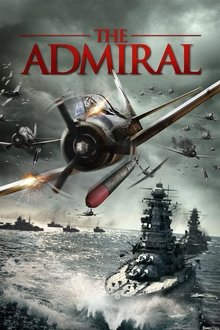
Admiral Isoroku Yamamoto (1884-1943) was the Japanese Naval commander who was given the order to attack Pearl Harbour, an order he was duty bound to obey which went against his own personal beliefs. While this infamous attack is a low point in Japanese and US history it wouldn’t have happened if the Japanese government had listened to Yamamoto in 1939 and searched for a more peaceful way to end their war campaign, proving his many ominous presages of the outcomes of the attack to come true.

William Franklin is a teacher who was born in Ireland and moved to the United States only to repatriate in 1939 after his leftist political views cause him to lose his job. Franklin becomes the first non-cleric instructor at St. Jude’s, a school for wayward boys run by Brother John, who is a firm believer in strong discipline.
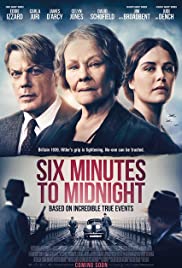
Summer 1939. Influential families in Nazi Germany have sent their daughters to a finishing school in an English seaside town to learn the language and be ambassadors for a future looking National Socialist. A teacher there sees what is coming and is trying to raise the alarm. But the authorities believe he is the problem.
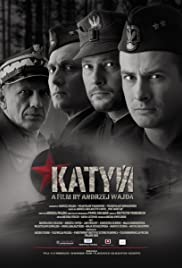
On September 1st, 1939, Nazi Germany invades Poland, unleashing World War II. On September 17th, the Soviet Red Army crosses the border. The Polish army, unable to fight on two fronts, is defeated. Thousands of Polish men, both military and government officials, are captured by the invaders. Their fate will only be known several years later…

After an attempt to escape the SS in 1939, Kazimierz Piechowski is captured at the Hungarian border and sent to Auschwitz where his role is to transfer corpses from the gas chambers to the crematorium. After discovering that one of his friends in the camp is on the execution list, he vows to stop at nothing to prevent his death. In one of the most remarkable true stories of World War II, four men will risk their very lives as they attempt to ‘Escape from Auschwitz’.
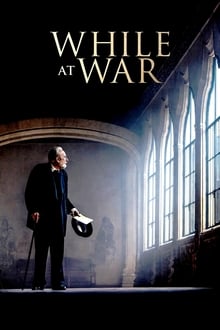
Salamanca, Spain, 1936. In the early days of the military rebellion that began the Spanish Civil War (1936-1939), writer Miguel de Unamuno supports the uprising in the hope that the prevailing political chaos will end. But when the confrontation becomes bloody, Unamuno must question his initial position.
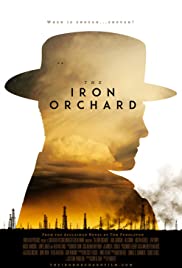
“The Iron Orchard” is the story of Jim McNeely, a young man thrust into the vibrant and brutal West Texas oilfields in 1939, who works his way through the ranks to ultimately become a formidable wildcatter.
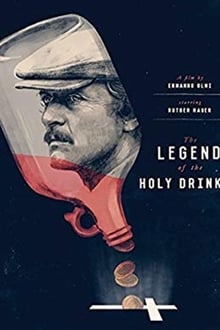
La leggenda del santo bevitore (literally “The legend of the holy drinker”) is a 1988 Italian film directed by Ermanno Olmi. It tells the story of a drunken homeless man (played by Rutger Hauer) in Paris who is lent 200 francs by a stranger as long as he promises to repay it to a local church when he can afford to; the film depicts the man’s constant frustrations as he attempts to do so. The film won the Golden Lion at the Venice Film Festival. It is based on the 1939 novella by the Austrian novelist, Joseph Roth.
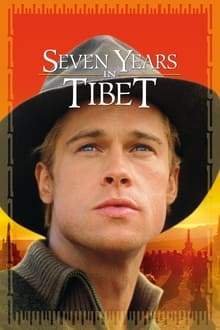
Austrian mountaineer, Heinrich Harrer journeys to the Himalayas without his family to head an expedition in 1939. But when World War II breaks out, the arrogant Harrer falls into Allied forces’ hands as a prisoner of war. He escapes with a fellow detainee and makes his way to Llaso, Tibet, where he meets the 14-year-old Dalai Lama, whose friendship ultimately transforms his outlook on life.
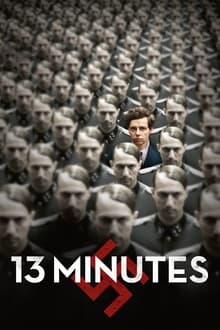
The breath-taking story of a man who nearly would have changed the world. 1939, when Hitler tricked millions of people at the height of his power, one said a radical No: Georg Elser, disparaged as an assassin, is one of the greatest resistance fighters.
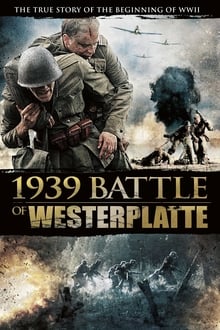
This harrowing war film is an epic dramatization of the first battle of World War II. The Battle of Westerplatte that began on 1 September 1939 will forever be remembered as the one that announced the beginning of the Second World War in Europe. Over one week, fewer than 200 Polish soldiers fought against heavy German bombardment and in the process came to symbolize the power of resistance. As the violence rages, a complex battle of a more personal nature plays out between two Polish commanders over how to best lead their men. Amid the bloodshed, they must ask themselves – should they fight until the last man standing or surrender in the face of overwhelming odds? What unfolds is a stirring exploration of the fight against the forces of tyranny.
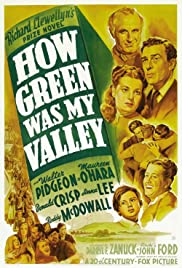
At the turn of the century in a Welsh mining village, the Morgans (he stern, she gentle) raise coal-mining sons and hope their youngest will find a better life. Lots of atmosphere, very sentimental view of pre-union miners’ lives. The film is based on the 1939 Richard Llewellyn novel of the same name.
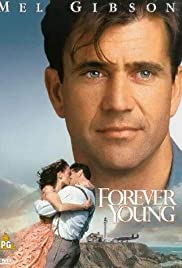
A 1939 test pilot asks his best friend to use him as a guinea pig for a cryogenics experiment. Daniel McCormick wants to be frozen for a year so that he doesn’t have to watch his love lying in a coma. The next thing Daniel knows is that he’s been awoken in 1992.
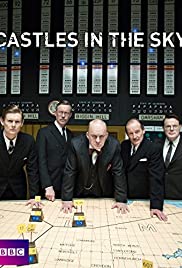
It is the mid-1930s and the storm clouds of WWII were forming in Germany. This films charts the work of Robert Watson Watt – the pioneer of Radar – and his hand-picked team of eccentric yet brilliant meteorologists as they struggle to turn the concept of Radar into a workable reality. Hamstrung by a tiny budget, seemingly insurmountable technical problems and even a spy in the camp, Watson Watt also has to deal with marital problems as he chases his dream. By 1939, Watson Watt and his team have developed the world’s first Radar system along the south east coast of England. A system that, in 1940, proved pivotal in winning the Battle of Britain.
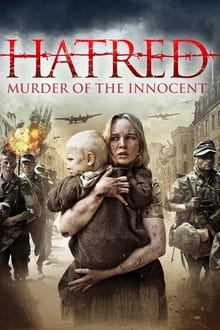
Summer of 1939. Zosia is a young Polish girl who is deeply in love with Ukrainian Petro. Their great love will be put to the test when her father decides to marry her to a wealthy widower Skiba. Right after wedding she is left alone because her husband is drafted to the Polish army for the war with Germany. Meanwhile, tensions grow due to Jews, Poles, and Ukrainians living side by side.
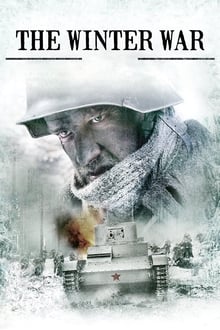
Russia attacked Finland in late November 1939. This film tells the story of a Finnish platoon of reservists from the municipality of Kauhava in the province of Pohjanmaa/Ostrobothnia who leave their homes and go to war. The film focuses on the farmer brothers Martti and Paavo Hakala.
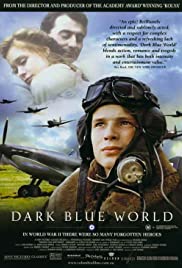
Lt. Franta Slama is a top pilot in the Czech Air Force who is assigned to train a promising young flier, Karel Vojtisek, and they soon become friends. When Nazi Germany invades Czechoslovakia in 1939, they both reject the authority of their new leaders and escape to England where they join other Czech exiles in the RAF. While flying a mission over England, Karel crash lands and happens upon the farmhouse of Susan, a young woman whose husband is in the Navy. Karel soon falls head over heels for Susan but, while they enjoy a brief fling, in time Susan decides she prefers the company of the older and more worldly Franta. As Franta and Karel struggle to maintain their friendship despite their romantic rivalry.
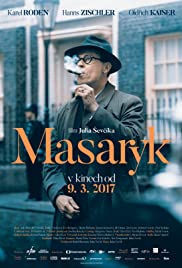
It is 1939. Flamboyant Czech diplomat Jan Masaryk has fled to America to escape his recent past. Germany has invaded Czechoslovakia and Masaryk is now a man with no nation. In America he tries to forget the personal and political betrayal he and his country have suffered but these events shadow his every step. As the Czechoslovak ambassador in London, Masaryk failed to win the support of the British and could not avert the ruination of his country. With the help of Dr. Stein, an emigre German psychiatrist, and the beautiful writer Marcia Davenport, Masaryk tries to overcome his demons and re-live the dramatic events leading to the outbreak of the second world war.
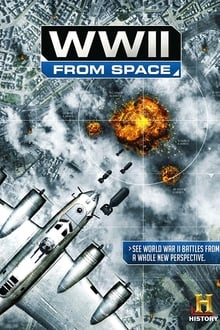
WWII from Space delivers World War II in a way you’ve never experienced it before. This HISTORY special uses an all-seeing CGI eye that offers a satellite view of the conflict, allowing you to experience it in a way that puts key events and tipping points in a global perspective. By re-creating groundbreaking moments that could never have been captured on camera, and by illustrating the importance of simultaneity and the hidden effects of crucial incidents, HISTORY presents the war’s monumental moments in a never-before-seen context. And with new information brought to the forefront, you’ll better understand how a nation ranked 19th in the world’s militaries in 1939 emerged six years later as the planet’s only atomic superpower.
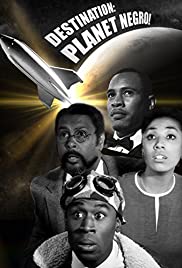
In 1939, a group of African American intellectuals come up with an ingenious and unlikely response to Jim Crow America — leave the planet and populate Mars. Using technology created by George Washington Carver, a three-person crew (plus one rambunctious robot) lift-off in Earth’s first working spaceship on a mission that will take them to a world not unlike present-day America. Their spacey adventure illuminates some hard truths about American culture, and threatens to undermine the time-line of history along the way.
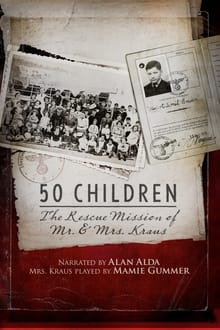
In the spring of 1939, Gilbert and Eleanor Kraus embarked on a risky and unlikely mission. Traveling into the heart of Nazi Germany, they rescued 50 Jewish children from Vienna and brought them to the United States.
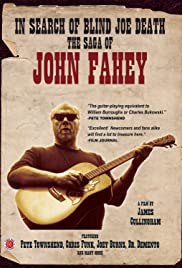
In Search of Blind Joe Death: The Saga of John Fahey is a documentary film about the legendary American guitarist, composer and provocateur John Fahey, 1939-2001. Fahey is often considered the godfather of ‘American primitive guitar’. This cinematic exploration features Pete Townshend, Chris Funk of The Decemberists and Joey Burns of Calexico. These stellar musicians, along with Fahey associates and friends such as the famous ‘Dr. Demento’, radio broadcaster Barry Hansen, explore the legacy of this profoundly influential artist. The film was recorded in the Washington D.C. area where John Fahey was born, along the Mississippi Delta from Memphis to New Orleans, in Los Angeles, Toronto, Austin, New York and in Oregon where Fahey spent his last two decades.
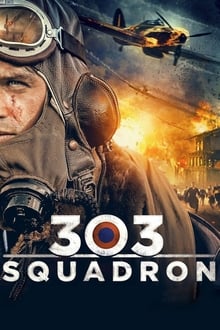
After the fall of the September Campaign of 1939, two Polish pilots are forced to fight for their nation in foreign battlefronts.